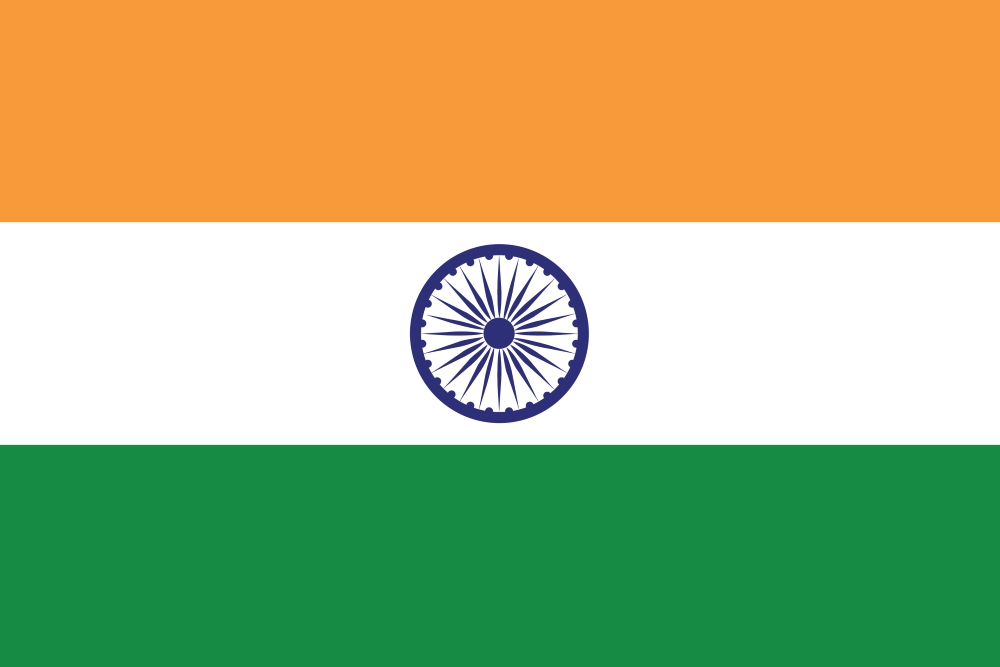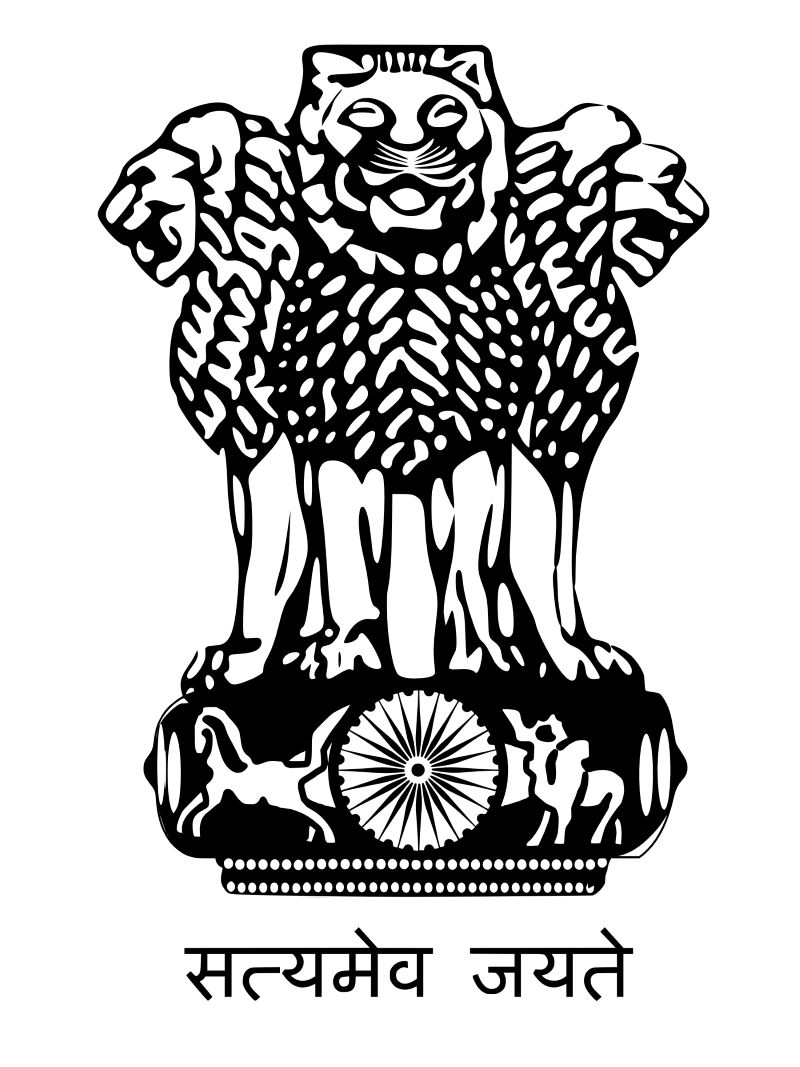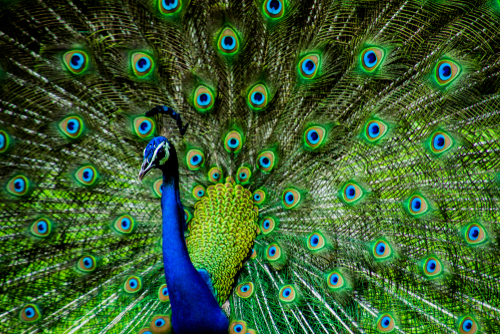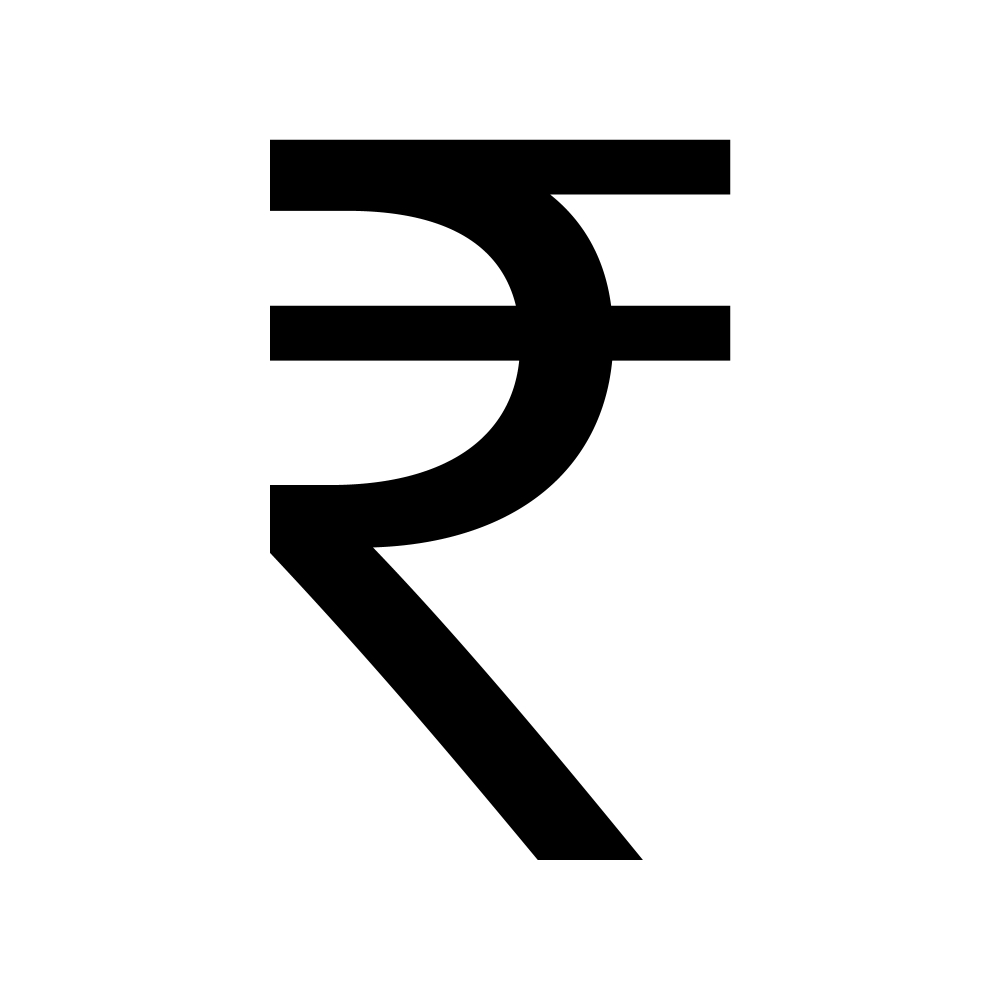List of National Symbols of India- National Song, National Anthem, National Animal, National Flower, National Emblem
This article is related to the National Identity Elements of India- National Flag, National Anthem, National Song, National Flower, National Animal, National Fruit, National Calender, National River, National Tree, National Bird, etc. The national symbols of India are intrinsic to the identity and heritage of India. As per Article 51A (a), it shall be the duty of every citizen of India to abide by the Constitution and respect its ideals and institutions, the National Flag and the National Anthem.
List of National Symbols of India
| S. No. | Title | National Symbols |
| 1 | National Flag | Tiranga (Tricolour) |
| 2 | National Anthem | Jana Gana Mana |
| 3 | National Emblem | State Emblem of India (adaptation from the Sarnath Lion Capital of Ashoka) |
| 4 | National Song | Vande Mataram |
| 5 | National Calendar | Saka calendar |
| 6 | National River | Ganga |
| 7 | National Animal | Royal Bengal Tiger |
| 8 | National Aquatic Animal | Ganges River Dolphin |
| 9 | National Heritage Animal | Indian Elephant (Elephas maximus indicus) |
| 10 | National Reptile | King Cobra (Ophiophagus hanna) |
| 11 | National Tree | Indian fig tree (Ficus bengalensis) |
| 12 | National Fruit | Mango (Mangifera indica) |
| 13 | National Flower | Lotus (Nelumbo nucifera) |
| 14 | National Bird | Indian Peacock (Pavo cristatus) |
| 15 | National Currency | Indian Rupee (₹) |
National Flag
- It is a horizontal tricolour with equal amounts of saffron (kesaria) at the top, white in the middle, and dark green at the bottom.
- The top saffron colour represents the country's power and courage.
- With Dharma Chakra, the white centre band represents peace and truth.
- The green represents the land's fertility, growth, and auspiciousness.
- The flag's width to length ratio is two to three.
- The Ashoka chakra is represented as a navy-blue wheel in the centre of the white band. It has a total of 24 spokes.
- On July 22, 1947, India's Constituent Assembly adopted the design of the National Flag.

National Anthem
- Jana-gana-mana is the National Anthem of India.
- Jana-gana-mana was composed originally in Bengali by Rabindranath Tagore.
- The Constituent Assembly adopted it in its Hindi version on 24 January 1950.
- It was first sung on December 27, 1911, at the Indian National Congress session in Kolkata.
- The complete song has five stanzas. The first stanza has the full version of the National Anthem.
- Playing time of the full version of the national anthem is approximately 52 seconds.
- Playing time of the short version consisting of the first and last lines of the stanza is about 20 seconds.
National Emblem
- State Emblem of India has been adopted from the Sarnath Lion Capital of Ashoka.
- In the original Lion Capital, four lions are mounted back to back on a circular abacus, which rests on a bell-shaped lotus.
- Adaptation of Lion Capital of Ashoka at Sarnath was declared as the National Emblem of India on 26 January 1950.
- The Lion capital in India’s State emblem depicts three lions mounted on an abacus with a Dharma Chakra in the middle.
- It depicts a bull on the right and a galloping horse on the left.
- It also depicts outlines of Dharma Chakras on the extreme right and left.
- The lotus in the shape of a bell in the original Lion Capital was not taken in the State Emblem.
- "Satyameva Jayate" (Truth Alone Triumphs) in Devanagari script forms an integral part of the National Emblem. It is taken from Mundaka Upanishad.

National Song
- Vande Mataram was composed in Sanskrit by Bankimchandra Chatterji.
- It has an equal status with Jana-gana-mana.
- On January 24, 1950, the President, Dr. Rajendra Prasad gave a statement in the Constituent Assembly, "the song Vande Mataram shall be honoured equally with Jana Gana Mana and shall have equal status with it."
- The 1896 session of the Indian National Congress was the first political occasion when it was sung.
- It was a part of Bankimchandra's famous novel Anand Math.
National Calendar
From 22 March 1957, the national calendar based on the Saka Era, with Chaitra as its first month was adopted along with the Gregorian calendar for the official purposes given below.
- Gazette of India
- News broadcast by All India Radio
- Calendars issued by the Government of India
- Government communications addressed to the public
Dates of the national calendar have a permanent correspondence with dates of the Gregorian calendar. 1 Chaitra falls on 22 March normally and on 21 March in leap year.
| Month (Length) | Start Date (Gregorian calendar) |
| 1. Chaitra (30/31) | 22 March |
| 2. Vaishakh (31) | 21 April |
| 3. Jyaishtha (31) | 22 May |
| 4. Ashadha (31) | 22 June |
| 5. Shravana (31) | 23 July |
| 6. Bhadrapad (31) | 23 August |
| 7. Ashwin (30) | 23 September |
| 8. Kartik (30) | 23 October |
| 9. Margashirsha (30) | 22 November |
| 10. Paush (30) | 22 December |
| 11. Magh (30) | 21 January |
| 12. Phalgun (30) | 20 February |
National Animal
- The tiger, Panthera tigris is a striped animal.
- It has a thick yellow coat of fur with dark stripes.
- Out of 8 known races of tiger, the Indian race, the Royal Bengal Tiger, is found throughout the country except in the north-western region.
- 'Project Tiger' was launched in April 1973 for tiger conservation.
National Bird
- The Indian peacock, Pavo cristatus, is the national bird of India.
- It is a colourful, swan-sized bird with a fan-shaped feather crest.
- It has a long, slender neck and a white patch under the eye.
- The male of the species is brighter than the female. It features a stunning bronze-green tail and a gleaming blue breast and throat.
- The female is brownish in colour, slightly smaller than the male, and does not have a tail.

National Currency Symbol
- The Indian Rupee sign is an amalgam of Devanagari "Ra" and the Roman Capital letter "R".
- Two parallel horizontal stripes at the top represent the national flag and the "equal to" sign.
- Government of India adopted the Indian Rupee sign on 15th July, 2010.
- The symbol is conceptualised and designed by Udaya Kumar. He is a post graduate in design from Indian Institute of Technology Bombay.





 Latest
Latest 



Comments